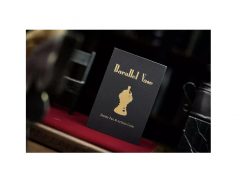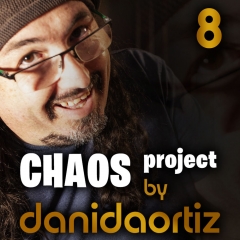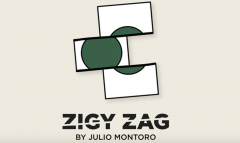- Description
Many mentalists love a PIN divination effect and Ross Bartels is no exception. The plot engages and sometimes unnerves participants and audiences alike, as it involves revealing a private piece of information; one that we’re compelled to keep a secret for security reasons. Of course, most PIN routines do not involve revealing a participant’s actual PIN, but rather a unique PIN that they have just created. This does not dilute the effect because the premise remains intact. By divining a newly created PIN, you are showcasing (or implying) that you could do the same with someone’s real PIN.
Many great PIN effects have been published, including (but not limited to) Michael Murray (ATM), Peter Turner (Overlooking the Obvious, Simply Overlooked), Fraser (I Fall to Pieces), Ori Ascher (Mavoch), Luke Turner (The PIN Project), Marc Paul (PIN), Jamie Daws (PIN Thief), Thaddius Barker (Sherlocked), and Drew Backenstoss (Elementary).
Having learned most of these effects, Ross believed that all the methods for determining a PIN had been discovered, but then found himself creating a new propless, hands-off method for divining a (fake) PIN code. After performing it many times, he decided to change the premise from a PIN divination to the divination of a mentally created ‘safe code’.
This makes the plot a little different, introduces mental imagery into the routine, fits better with the workings of his current method, and justifies the process for creating the code. This effect is perfect for close-up, virtual performances, and social performances, although it could be performed on stage also. While Ross openly admits that he is standing firmly stand on the shoulder of giants, this effect does provide something new and something different. He also offers a little bonus routine at the end.
Vector Basic Effect Overview:
The performer introduces the topic of secrets, stating how helpful it would be if we could lock them in a ‘mental safe’. A participant is invited to take part in a thought exercise to see if this idea would work. They are asked to think of a secret and imagine placing it inside of a safe in their mind. They’re then instructed to create a code for the safe. They imagine taking hold of the dial-type lock on the door of the safe and feely turning it to the first number. They then continue to turn the dial for the next set of digits until, in the end, they have a four-digit code in mind. The performer now puts this code to the test to see if their secret would be secure. The participant imagines each digit in sequence. The performer reads their mind, number by number, writing them as they go. The participant then says their safe code out loud for the first time. The performer reveals that they wrote down the exact same four digits!









